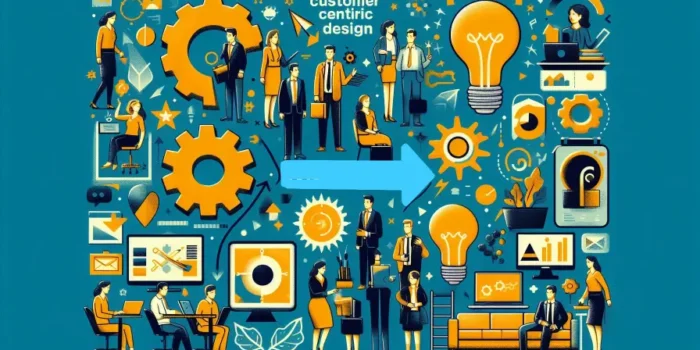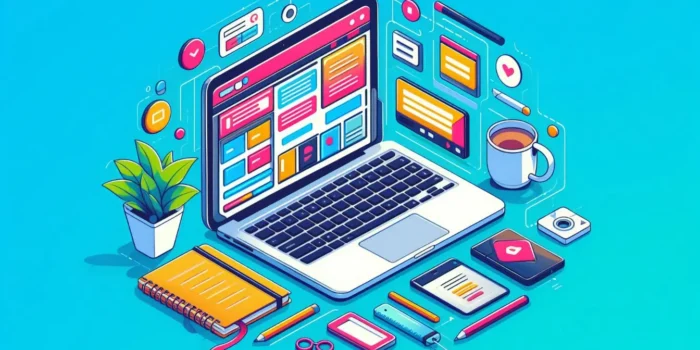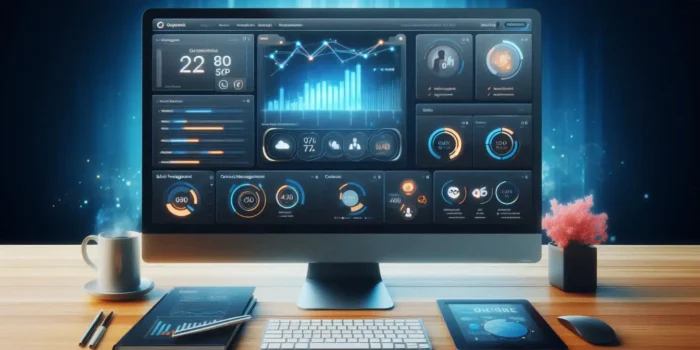How Covid-19 Transformed Mobile App Development
No doubt, CoVid-19 took a toll on the economy across the world, and the impact of the pandemic varied differently across industries, sectors, and services. Although the pandemic impacted most industries negatively, some were lucky enough to reap a few benefits.
Fortunately, web & mobile app development services are one of those few service sectors that flourished amid the adversities of Covid-19.
The pandemic changed consumer behavior, consequently, the way they use web & mobile apps. When the majority of people started staying inside their homes, different new needs arose quickly. And to address them, the demand for apps kept growing at a fast pace.
| People spent 20% more time using apps in the first quarter of 2020 compared to 2019, says App Annie |
In a short period, various industries have unexpected trends and improvisations. Some of them witnessed a fast-paced adoption of different apps.
Ecommerce and Delivery Apps
The pandemic completely changed the shopping and dining habits of people and the way they used apps. To avoid infection from spreading further, the government encouraged people to shop from homes. Thus, the eCommerce apps, which already had spread through the global market, went through unprecedented growth.
| In February 2020, the installation of delivery apps increased by 51%, says DCI |
From the beginning of the pandemic, we witnessed an exponential increment in the number of delivery of essential products, such as groceries and apparel. Consequently, the number of delivery apps kept increasing, especially in the FMCG (Fast-moving consumer goods) sector, which serves the fundamental needs of consumers.
Seeing the warm adoption of eCommerce, not only big brands, even small and medium businesses eventually started partnering with delivery apps.
Education
Even before the pandemic, the EdTech industry was growing significantly. When the pandemic started, educational institutes closed down their premises and sent students home for uncertain periods. Thus, 1.2 billion students across the world had left with no choice but online learning web/mobile apps.
Seeing the enormous number of users, more and more apps came into the market that can help students, teachers, and institution management to continue academics remotely.
Also, institution management needs sophisticated apps to meet the academic needs–establishing seamless communication between teachers and students, sharing notes, conducting examinations, and more.
| EdTech market is expected to reach $ 350 Billion by 2025 from 18.66 Billion in 2019, says World Economic Forum |
Consequently, through the pandemic, more EdTech companies came into the picture. Also, leading institutes started leveraging apps to help students register for programs, pay fees, and get appropriate information about their curriculums.
Healthcare
Since the beginning of the pandemic, governments across the world have started leveraging web/mobile apps to establish seamless communication with the public, tracking down the infected patients, and providing them appropriate care.
The governments leveraged already existing popular apps as well as new apps to communicate properly with the public. They also adopted chatbots to answer Covid related questions.
Since people were locked down in their homes, people started preferring telemedicine apps to fetch medicines.
| The downloads in healthcare apps increased by 65% worldwide in the Covid-19 period, says Statista |
More and more healthcare start-ups came into the market to build a bridge between physicians and patients. Healthcare professionals also leveraged apps to enable remote consulting and monitoring of patients, especially thanks to IoT.
Social Media and Entertainment
In the pandemic, when the pandemic stopped socializing and outdoor activities, people turned towards indoor entertainment. Because of limited opportunities to meet up with friends and have outdoor fun, it became hard for people to get through the period.
And to adjust to that new normal, they started spending more time on social media apps and entertainment applications. Also, communication apps, especially video calling apps, were in demand all along as they enabled virtual meet-ups.
Even before the pandemic, streaming apps already were spreading and getting popular among the audience. Apart from Netflix, Amazon Prime, and Disney Hotstar, leading media houses started considering coming up with their apps.
| Time spent streaming TV and video grew by more than 40 percent in Austria and Spain on the weekend of March 13 to 14, 2020, says Statista |
Throughout the pandemic, more and more streaming apps kept popping up. So did the social media apps and mobile games.
Fitness
Because of the pandemic, people became more health-conscious. They started taking proactive measures to stay healthy and boost immunity. Also, the risk was higher among overweights as the mortality rates were comparatively higher.
| Downloads of health and fitness apps grew by 46% worldwide, according to World Economic Forum |
With gyms and fitness centers closed, people had no other option than to go for online fitness training. Consequently, the number of fitness apps started soaring.
Apart from leading fitness centers, even individual fitness and diet professionals started leveraging apps to reach a vast online audience.
Web & Mobile App Development Post Covid-19
Although the experts believe some trends to cool down after the pandemic over, some would survive and thrive. Here are a few trends that are supposed to emerge strongly
- Chatbots: Chatbots were already getting popular even before the pandemic. But since the pandemic made people more accustomed to digitally, they are more comfortable with communicating with chatbots. Now they’re popular in the service sector, especially banking, eCommerce, and healthcare. Commonly, they help customers with FAQs and navigate through the app.
- Health: Thanks to Covid, telemedicine witnessed unprecedented growth. And now, people seem more accustomed to it. They also are getting comfortable with remote health consultancy apps. Experts believe that telemedicine and healthcare apps are likely to not only survive but also thrive even post the pandemic.
- Augmented and Virtual Reality (AR & VR): The pandemic might not have been completely generous over AR & VR technology. But experts believe them to be in the limelight again in the market, especially eCommerce, real estate, automobile, healthcare, and education industry.
- Beacons: Beacons, wireless transmitters that use Bluetooth technology to send signals to other nearby devices, are useful and popular in location technology and proximity marketing. They are already established in museums, hotels, and healthcare, and post-Covid, they’re supposed to be more common.
- Education: Online learning has its benefits, and now students are accustomed to it. Not only it provides flexibility to learn at your time, but also it frees you from the limits of conventional classrooms. So, even after the pandemic, EdTech is expected to rise.
Related Post:
[catlist categorypage=”yes”]





 Booking System
Booking System eCommerce
eCommerce On-Demand Services
On-Demand Services Community App
Community App Ordering App
Ordering App Loyalty App
Loyalty App Online Learning
Online Learning Directory
Directory Marketplace
Marketplace SaaS
SaaS P2P Platform
P2P Platform eHailing
eHailing Healthcare
Healthcare Finance
Finance Logistics
Logistics Education
Education Food & Beverage
Food & Beverage Retail
Retail FMCG
FMCG Sports
Sports Travelling
Travelling Manufacturing
Manufacturing Renewable Energy
Renewable Energy Mobile Application Development
Mobile Application Development Web Application Development
Web Application Development Source Code Review
Source Code Review Internet of Things (IoT)
Internet of Things (IoT) Cyber Security
Cyber Security